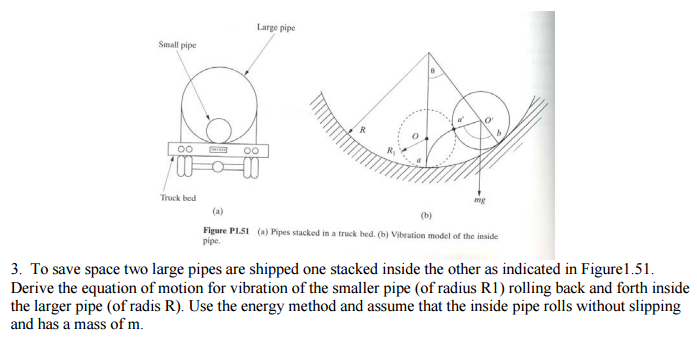


From July to November, however, this range jumped to 43%-67%, with the average SPAC seeing approximately a 60% redemption rate during these four months. According to SPAC Research/SPAC Alpha, from January to July, the average monthly SPAC redemption rate ranged from 7%-43%. If the redemption rate is exceptionally high, the SPAC may be in danger of failing to meet its minimum cash condition (i.e., the minimum amount needed to proceed with the deal).įor 2021, SPAC redemptions were on the rise.

However, if a large percentage of shareholders choose to exercise their redemption rights - which has been the case for several SPACs as of late - this can drastically reduce the cash proceeds that the combined company will have available for its future operations. These redemption rights help incentivize investors by providing a "money-back guarantee" of sorts, allowing them to redeem their shares at the original IPO price - typically a nominal $10 per share. Because the SPAC itself has no business operations and the target company isn't known at the time of the IPO, investors have the opportunity to redeem their shares prior to the business combination for a pro-rata share of the funds in the trust account. JanuWhen a special purpose acquisition company (SPAC) completes an IPO, the proceeds are held in a trust account until the SPAC identifies a target company to merge with, typically within a one- to two-year window after listing.


 0 kommentar(er)
0 kommentar(er)
